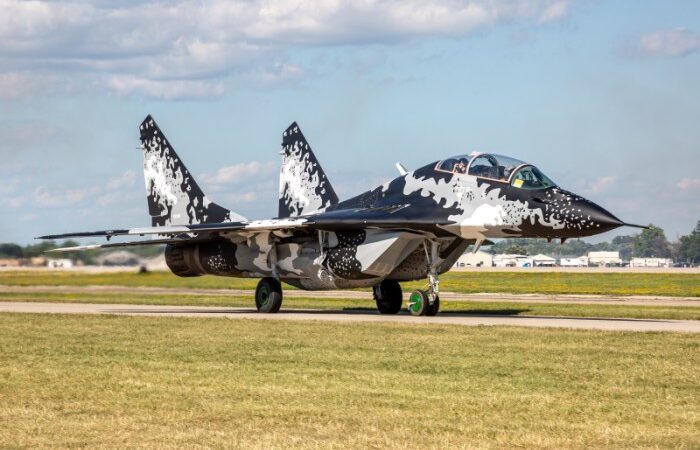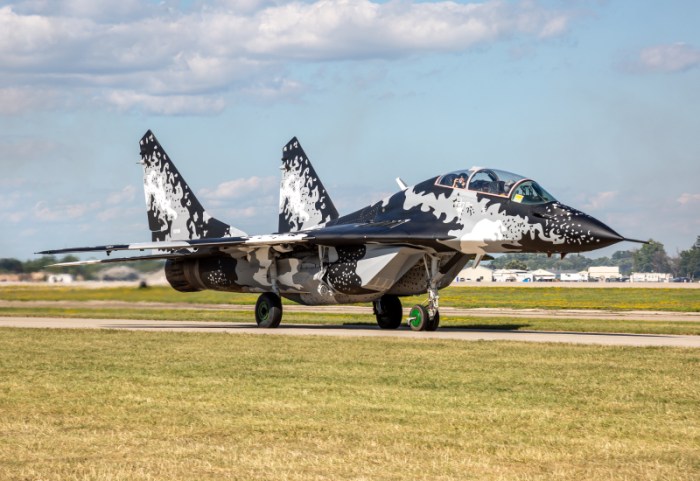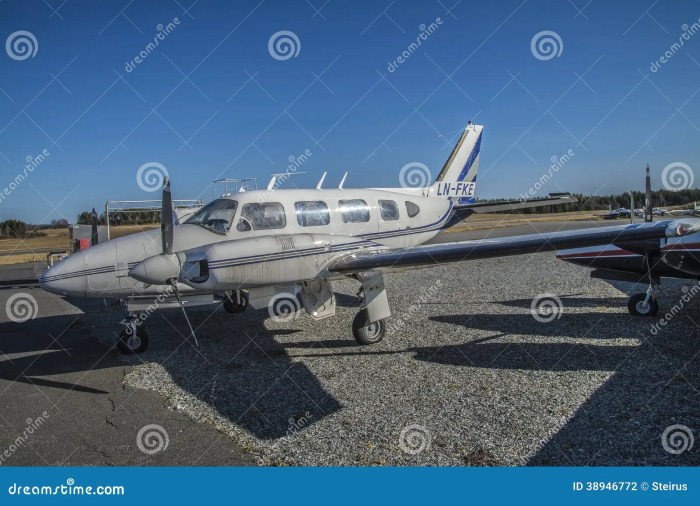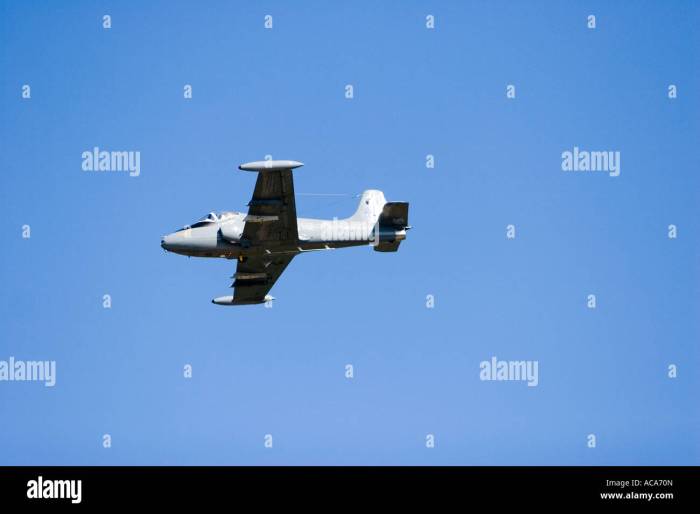Private Planes: A Glimpse into Luxury and Convenience

Private planes have become synonymous with luxury, convenience, and exclusivity. From sleek jets soaring across continents to smaller planes catering to regional travel, private aviation offers a world of possibilities beyond the confines of commercial airlines. This realm of private transportation appeals to individuals and businesses seeking a tailored and personalized travel experience, often prioritizing time-saving and seamless journeys.
The allure of private planes lies in their ability to provide unparalleled flexibility and control. Unlike commercial flights with fixed schedules and limited destinations, private planes allow travelers to customize their itineraries, departing and arriving at convenient times. This personalized approach is particularly valuable for business travelers who need to maximize their time and efficiency or for families seeking a comfortable and stress-free travel experience.
The Appeal of Private Planes
Private aviation offers a unique and often luxurious mode of transportation, appealing to individuals and businesses seeking greater flexibility, efficiency, and convenience compared to commercial air travel. While the cost of private plane ownership or charter services can be significant, the advantages it provides can be invaluable for those who prioritize time, privacy, and control over their travel experience.
Advantages of Private Plane Travel
The benefits of private plane travel are multifaceted, encompassing factors such as time savings, enhanced security, and personalized service. Private planes provide a direct route to destinations, eliminating the need for layovers and the associated delays. This direct access significantly reduces travel time, allowing passengers to arrive at their destination refreshed and ready to engage in their business or leisure activities.
- Time Savings:P Private planes bypass crowded airports and security lines, allowing passengers to arrive at their destination quicker and more efficiently. A direct flight eliminates layovers and associated delays, maximizing productivity and minimizing wasted time. This direct access to destinations is particularly valuable for business travelers who need to attend meetings or close deals quickly.
- Enhanced Security: Private planes offer a higher level of security compared to commercial airlines. Passengers can access private terminals and lounges, minimizing exposure to crowds and potential security threats. Additionally, the smaller scale of private aviation allows for more personalized security measures, ensuring the safety and well-being of passengers.
- Personalized Servic : Private plane travel provides a customized experience tailored to the needs of passengers. Passengers can choose their preferred aircraft, amenities, and in-flight services. The personalized service extends beyond the flight itself, with dedicated staff available to handle luggage, ground transportation, and other logistical arrangements.
Individuals and Businesses Benefiting from Private Aviation
Private plane ownership and charter services cater to a diverse clientele, including high-net-worth individuals, corporations, and specialized industries. The advantages of private aviation are particularly appealing to those who value time, privacy, and control over their travel experience.
- High-Net-Worth Individuals: Individuals with significant wealth often utilize private planes for personal travel, business trips, and leisure activities. The convenience, flexibility, and privacy afforded by private aviation align with their lifestyle and demanding schedules.
- CCorporations Businesses with global operations and executives who travel frequently rely on private aviation to optimize efficiency and productivity. Private planes facilitate seamless travel between offices and client locations, enabling executives to maximize their time and focus on critical business tasks.
- Specialized InIndustriesCertain industries, such as healthcare, entertainment, and sports, require specialized transportation services. Private planes can be equipped with medical facilities, secure cargo compartments, or other specialized features to accommodate the unique needs of these industries. For example, athletes and entertainers often use private planes to transport their equipment and support staff, ensuring a smooth and efficient travel experience.
Factors Contributing to the Growing Popularity of Private Aviation
The demand for private aviation has been steadily increasing in recent years, driven by several key factors. These factors include a growing number of high-net-worth individuals, increased corporate travel, and technological advancements that have made private aviation more accessible and affordable.
- Growing AffAffluencehe global economy has seen a rise in high-net-worth individuals, who are more likely to invest in private aviation as a symbol of status and convenience.
- Increased Corporate Travel: Globalization and the growth of international business have led to an increase in corporate travel, driving the demand for efficient and flexible transportation options.
- Technological Advancements: Technological advancements in aircraft design, engine efficiency, and fractional ownership programs have made private aviation more affordable and accessible to a wider range of individuals and businesses.
Types of Private Aircraft

Private aircraft come in a wide range of sizes and capabilities, catering to different needs and budgets. From small single-engine planes to luxurious long-range jets, the variety of private aircraft allows individuals and businesses to travel efficiently and comfortably.
Classifying Private Aircraft
Private aircraft are typically classified based on their size, range, and intended use. The following table provides a comprehensive overview of the major categories of private aircraft:
| Category | Size | Range | Typical Use | Examples of Popular Models |
|---|---|---|---|---|
| Very Light Jets (VLJs) | Small | Short to Medium | Personal travel, business trips, air taxi services | Cessna Citation Mustang, Embraer Phenom 100, HondaJet |
| Light Jets (LJs) | Medium | Medium to Long | Business travel, charter flights, air ambulance | Cessna Citation CJ3, Embraer Phenom 300, Learjet 45 |
| Mid-Size Jets | Large | Long | Corporate travel, international flights, fractional ownership | Cessna Citation XLS+, Gulfstream G280, Hawker 4000 |
| Large Jets | Very Large | Very Long | Long-haul international flights, high-end corporate travel, VIP transport | Bombardier Global 6000, Gulfstream G650, Dassault Falcon 7X |
| Ultra-Long-Range Jets | Very Large | Ultra-Long | Intercontinental flights, long-range business travel, luxury travel | Bombardier Global 7500, Gulfstream G700, Boeing Business Jet (BBJ) |
Popular Private Aircraft Models
Here are detailed descriptions of some popular private aircraft models, highlighting their key features and specifications:
Cessna Citation
The Cessna Citation family is a popular choice for business travelers, known for its reliability, efficiency, and affordability. The Citation CJ3, for example, can accommodate up to 9 passengers and has a range of over 2,000 nautical miles. Its spacious cabin and advanced avionics make it ideal for both short and long-haul flights.
Gulfstream G650
The Gulfstream G650 is a high-end private jet renowned for its speed, range, and luxurious cabin. With a top speed of over 690 mph and a range exceeding 7,000 nautical miles, the G650 is capable of connecting major cities worldwide.
Its spacious cabin features comfortable seating, a fully equipped galley, and advanced entertainment systems.
Embraer Phenom 300
The Embraer Phenom 300 is a popular choice for business and personal travel, offering a balance of performance and affordability. With a range of over 2,000 nautical miles and a spacious cabin accommodating up to 7 passengers, the Phenom 300 is ideal for short to medium-haul flights.
Its advanced avionics and fuel efficiency make it an attractive option for cost-conscious travelers.
Private Plane Ownership vs. Charter
Deciding whether to own or charter a private plane is a significant choice for individuals and businesses seeking the convenience and flexibility of private air travel. Both options have theitheirantages and disadvantages, and the best choice depends on individual needs and circumstances.
Cost Comparison, Private plane
The financial implications of owning and chartering a private plane are a primary consideration. Owning a private plane involves substantial upfront costs, including the purchase price, hangar fees, maintenance, insurance, and operating expenses. Charter flights, on the other hand, offer a more flexible and potentially less expensive option, as you only pay for the flights you use.
Owning a Private Plane
- Upfront Costs: The purchase price of a private plane can range from a few hundred thousand dollars to tens of millions of dollars, depending on the size and model. Additionally, there are ongoing costs associated with hangar fees, maintenance, insurance, and fuel.
- Operating Expenses: Operating a private plane involves significant ongoing expenses, including fuel, maintenance, pilot salaries, and hangar fees. These expenses can vary depending on the type of aircraft, flight hours, and other factors.
- Depreciation: Private planes depreciate in value over time, similar to other assets. This depreciation needs to be factored into the overall cost of ownership.
Chartering a Private Plane
- Per-Flight CCosts Charter flights are typically priced on a per-flight basis, with the cost depending on the distance, duration, and type of aircraft. This allows for greater flexibility in terms of scheduling and destinations.
- No Upfront CoCostsChartering a private plane does not require any upfront investment, making it a more accessible option for those who do not have the financial resources to purchase an aircraft.
- Variable Co Costshe cost of chartering a private plane can vary depending on factors such as seasonality, demand, and the specific charter company.
Factors Influencing the Decision
Several factors can influence the decision to own or charter a private plane.
Frequency of Use
- Frequent TravTravelersdividuals or businesses that travel frequently and require flexibility in scheduling and destinations may find private plane ownership to be a more cost-effective option in the long run. Frequent use can offset the upfront and ongoing costs of ownership.
- Occasional Trav elers: Those who travel less frequently may find chartering to be a more affordable and convenient option, as they only pay for the flights they use.
Budget
- Financial Resources: The financial resources available to an individual or business are a significant factor in the decision. Owning a private plane requires a substantial upfront investment and ongoing expenses, while chartering offers a more affordable option for those with limited financial resources.
- Return on Investment: The potential return on investment for a private plane can vary depending on factors such as frequency of use, operating costs, and depreciation. It is important to carefully analyze the financial implications before making a decision.
Level of Control
- Control Over Schedule and Destinations: Private plane ownership offers greater control over scheduling and destinations, allowing for greater flexibility and convenience. You can travel on your schedule and to destinations that may not be served by commercial airlines.
- Customization: Private plane ownership allows for customization of the aircraft to meet your specific needs, such as adding features for comfort, entertainment, or business purposes. However, this can add to the overall cost of ownership.
Pros and Cons of Owning and Chartering
The following table summarizes the pros and cons of owning and chartering a private plane:
| Owning a Private Plane | Chartering a Private Plane | |
|---|---|---|
| Pros |
|
|
| Cons |
|
|
The Private Aviation Industry
The private aviation industry encompasses a vast network of companies and individuals involved in the operation and support of non-commercial aircraft. This sector plays a crucial role in facilitating travel, business, and leisure activities for a diverse clientele.
Major Players in the Private Aviation Industry
The private aviation industry comprises various stakeholders, each contributing to the overall ecosystem.
- Aircraft Manufacturers: Leading manufacturers like Gulfstream, Bombardier, Dassault, Embraer, and Cessna design, build, and sell private jets, turboprops, and other aircraft types. They are responsible for technological advancements and innovation within the industry.
- Charter Operators: These companies offer on-demand private air travel services, allowing individuals and businesses to rent aircraft for specific trips. They manage flight operations, crew, and maintenance, providing a convenient and flexible travel option.
- Maintenance Provider : Spcialized companies provide aircraft maintenance, repair, and overhaul (MRO) services. They ensure the airworthiness and safety of private aircraft, complying with stringent regulatory standards.
- Flight Management Companies (FBOs ): FBOs offer ground handling services at airports, including fueling, parking, catering, and passenger handling. They facilitate seamless travel experiences for private aircraft operators.
- Aircraft Broker: Thee professionals specialize in buying, selling, and trading private aircraft. They connect buyers and sellers, providing expertise and market insights.
Key Trends and Challenges
The private aviation industry is constantly evolving, driven by technological advancements, environmental concerns, and regulatory changes.
- Technological Advancements not s: Thee industry is embracing cutting-edge technologies, such as advanced avionics, automated flight systems, and sustainable fuel options. These advancements enhance safety, efficiency, and environmental performance.
- Environmental Concern s Th e industry is facing increasing pressure to reduce its carbon footprint. Initiatives like sustainable aviation fuels and carbon offset programs are being explored to mitigate environmental impact.
- Regulatory Change: Governments worldwide are implementing regulations to ensure safety and security in private aviation. These regulations may impact operational practices, maintenance requirements, and aircraft design.
Impact of the COVID-19 Pandemic
The COVID-19 pandemic significantly impacted the private aviation industry, leading to both challenges and opportunities.
- Increased Demand: The pandemic spurred a surge in demand for private air travel, as travelers sought to avoid crowded commercial airports and maintain social distancing. This trend led to higher utilization rates and increased charter activity.
- Operational Change: Airlines implemented stringent health and safety protocols, including mask mandates, temperature checks, and enhanced cleaning procedures. These changes also impacted private aviation operations, requiring adjustments to ensure passenger and crew well-being.
- Economic IImpact: The pandemic caused economic uncertainty, leading to reduced travel demand and financial challenges for some private aviation businesses. However, the industry also benefited from increased demand in certain sectors, such as cargo and medical transportation.
The Future of Private Aviation

The private aviation industry is poised for significant transformation, driven by technological advancements, evolving consumer preferences, and a growing awareness of sustainability concerns. As we look towards the future, it’s clear that private air travel will become increasingly sophisticated, eco-conscious, and accessible.
The Impact of Emerging Technologies
The emergence of new technologies is set to revolutionize the private aviation landscape. Electric propulsion, autonomous flight, and advanced materials are all poised to play a pivotal role in shaping the future of private air travel.
- Electric Propulsion: Electric aircraft offer significant advantages over traditional fuel-powered planes, including reduced noise pollution, lower operating costs, and zero emissions. Companies like Eviation and Pipistrel are already developing electric aircraft for the private aviation market, with plans to introduce commercially viable models in the coming years.These aircraft are expected to be ideal for shorter-range flights, making them particularly attractive for regional travel and commuter flights.
- Autonomous Flight: Flight technology is rapidly advancing, with the potential to transform private aviation. Self-flying aircraft could significantly enhance safety, efficiency, and convenience. While fully autonomous private jets are still some years away, advancements in autopilot systems and artificial intelligence are paving the way for a future where private planes can navigate and land autonomously, requiring minimal human intervention.
- Advanced Mater is ls :Ligtw eight and durable materials like carbon fiber and composites are increasingly being used in the construction of private aircraft. These materials offer improved fuel efficiency, reduced weight, and enhanced structural integrity, contributing to a more sustainable and efficient private aviation industry.
Ethical Considerations
As private aviation evolves, it’s essential to address the ethical considerations surrounding its impact on the environment and society.
- Environmental Footprint: Private aviation is often criticized for its high carbon footprint. The industry is actively seeking ways to reduce its environmental impact through technological innovations like electric propulsion and sustainable aviation fuels. Initiatives like carbon offsetting programs are also being implemented to mitigate the environmental impact of private flights.
- Accessibility: Private aviation is often associated with exclusivity and wealth. However, the industry is striving to make private air travel more accessible to a broader range of individuals and businesses. Fractional ownership programs, membership clubs, and innovative financing options are helping to make private aviation more attainable for a wider audience.
Final Thoughts

The world of private aviation is a fascinating blend of technology, luxury, and efficiency. Whether you’re considering owning a private plane or chartering one for a special occasion, understanding the different types, costs, and industry trends can help you navigate this exclusive realm.
As technology continues to advance, private aviation is poised to become even more accessible and sustainable, offering a compelling alternative to traditional air travel.
Comments are closed.